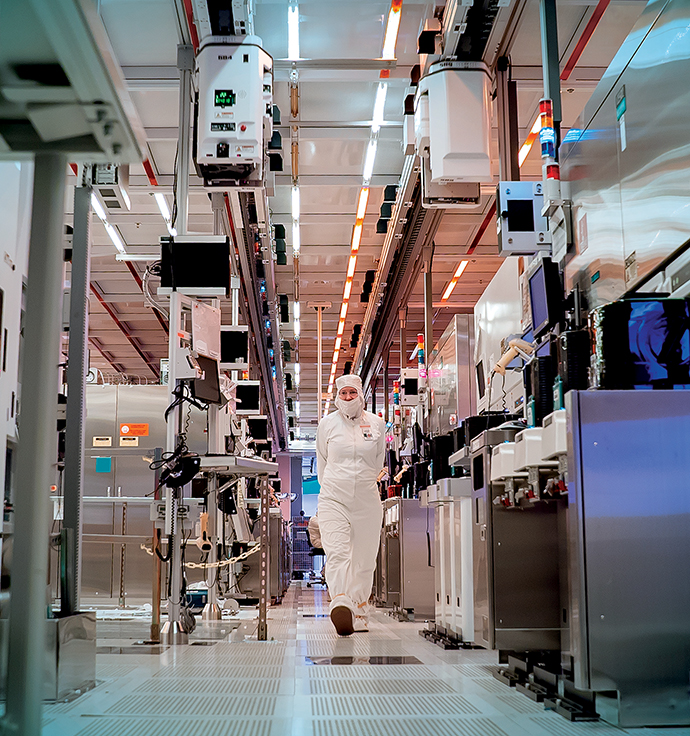This is an excerpt from Deloitte’s “Exponential Technologies in Manufacturing” study, published in early 2018, and based on seven months of surveys and discussions with executives at some of the world’s largest manufacturing organizations. For the complete report, visit www2.deloitte.com/us/en/pages/manufacturing/articles/advanced-manufacturing-technologies-report.
Many executives we interviewed say that as they increasingly look to increase their pace of change and transformation, they are not only leveraging internal assets in new and different ways but also turning more often to resources outside of their walls, as there are clear advantages to being close to where innovation is occurring. Many have formed partnerships and/or collaborate with other companies as well as universities, venture capitalists (VCs), research organizations, and/or industry consortiums …
They also feel, for the most part, that the US innovation ecosystem has a leadership position, but others are quickly catching up. Secondary research showed that, within the global competitive manufacturing landscape, both businesses and government research and development (R&D) play a major role in innovation ecosystems and are committing significant resources to R&D in advanced manufacturing …
Businesses account for the lion’s share of R&D spending, an accelerating trend across leading nations. Of the top 100 companies by R&D spend, the overwhelming majority (86) belong to the manufacturing sector, and 42 are from the United States. Also, 62 of the top 100 manufacturing companies by revenue belong to the top four future competitive manufacturing nations …
Like businesses and government R&D, VC investments play a vital role in feeding the innovation pipelines within top manufacturing nations. There was concern by some interviewed executives about the short-term, near-horizon timeline some VCs currently cite as deterrents for heavier VC activity in capital-intensive manufacturing. Some indicate more focus is needed in the mid-term horizon (e.g., five to 10 years) within manufacturing technology and innovation to help further tech transfer and to close potential “valley of death” commercialization issues.
… Overall, many feel that more could and should be done to increase VC levels within the manufacturing technology space. Therefore, executives also indicate they are increasing venture capital activities internally, a growing trend for industrial companies, with some setting up their own venture funding arms to supplement traditional in-house capabilities.
